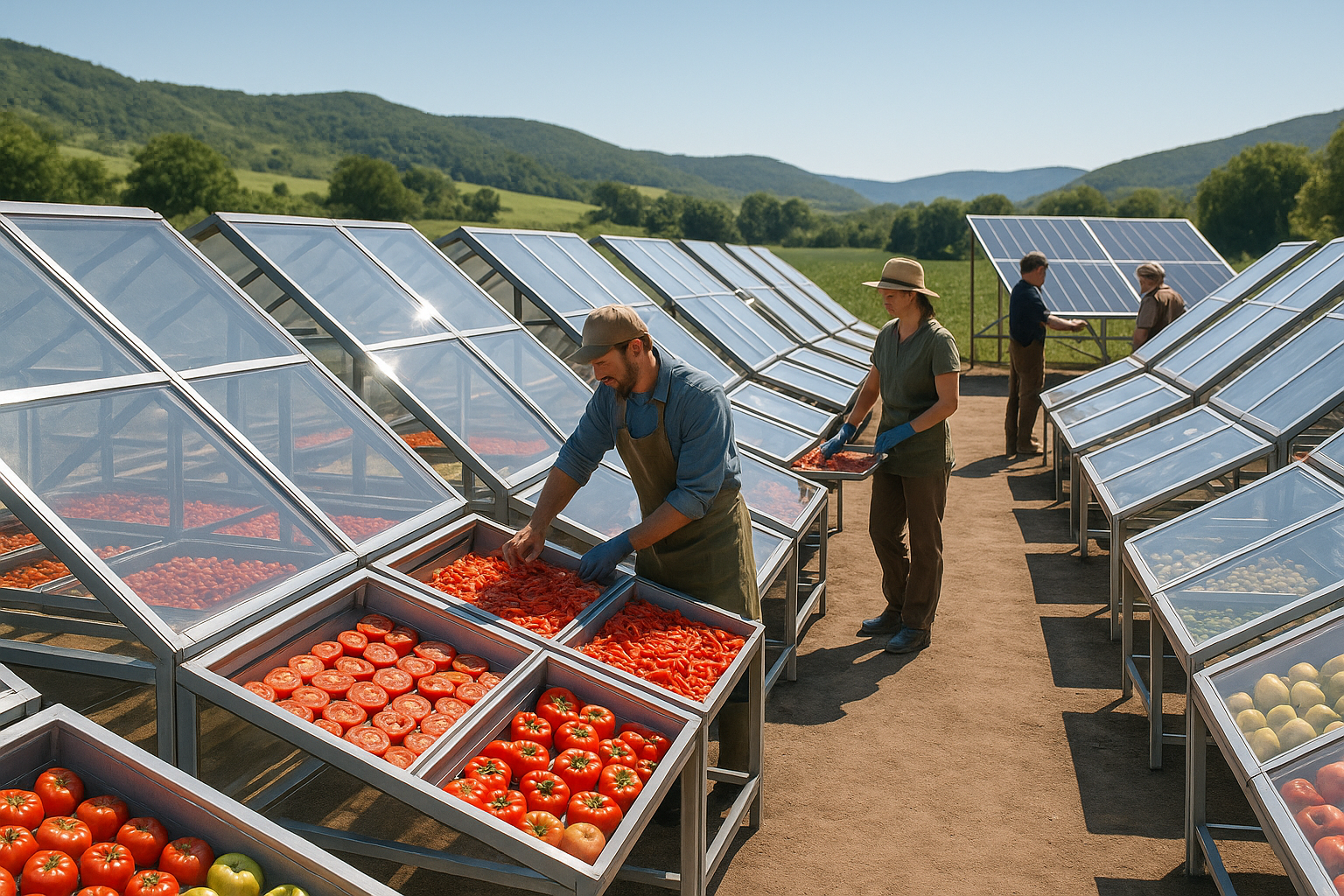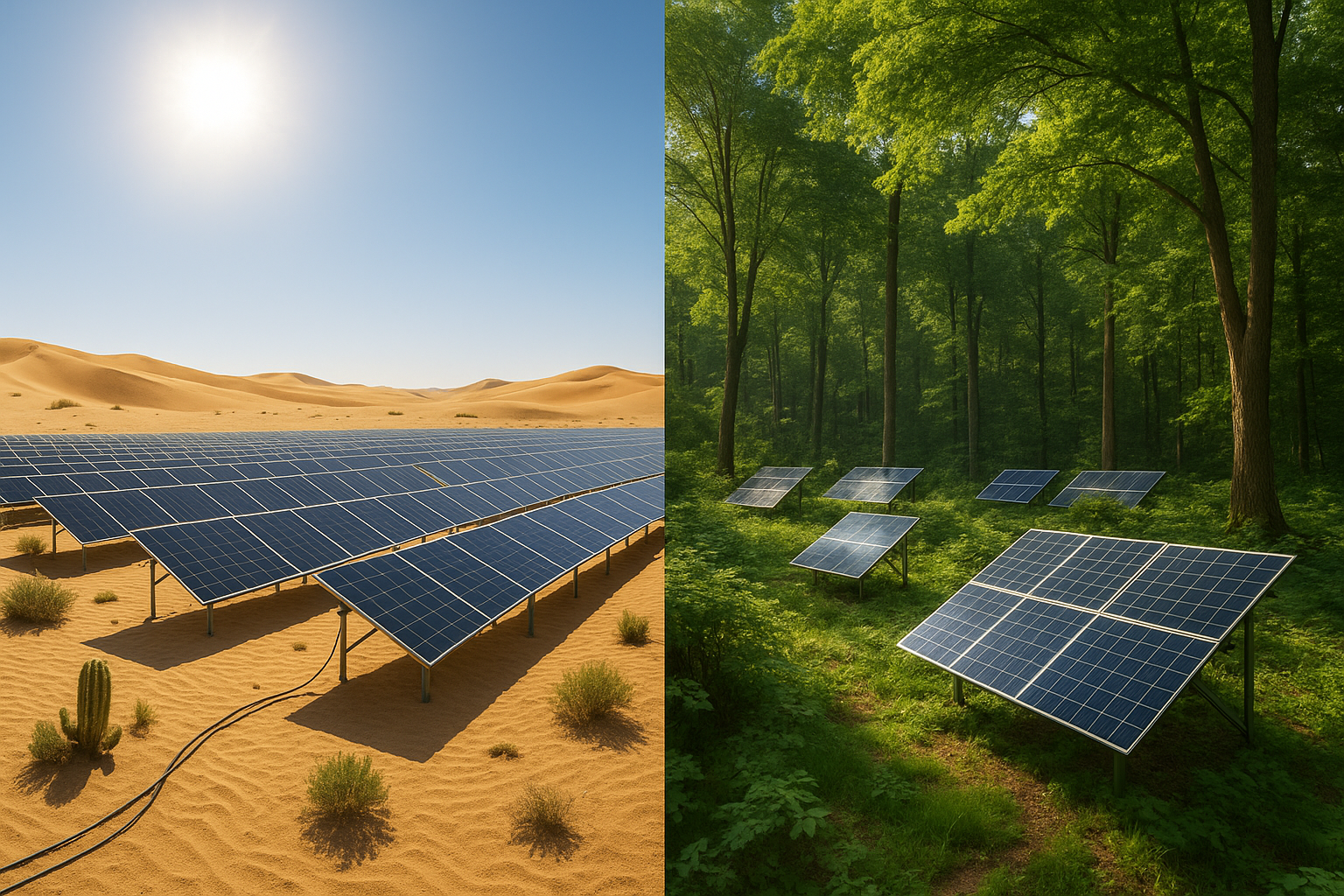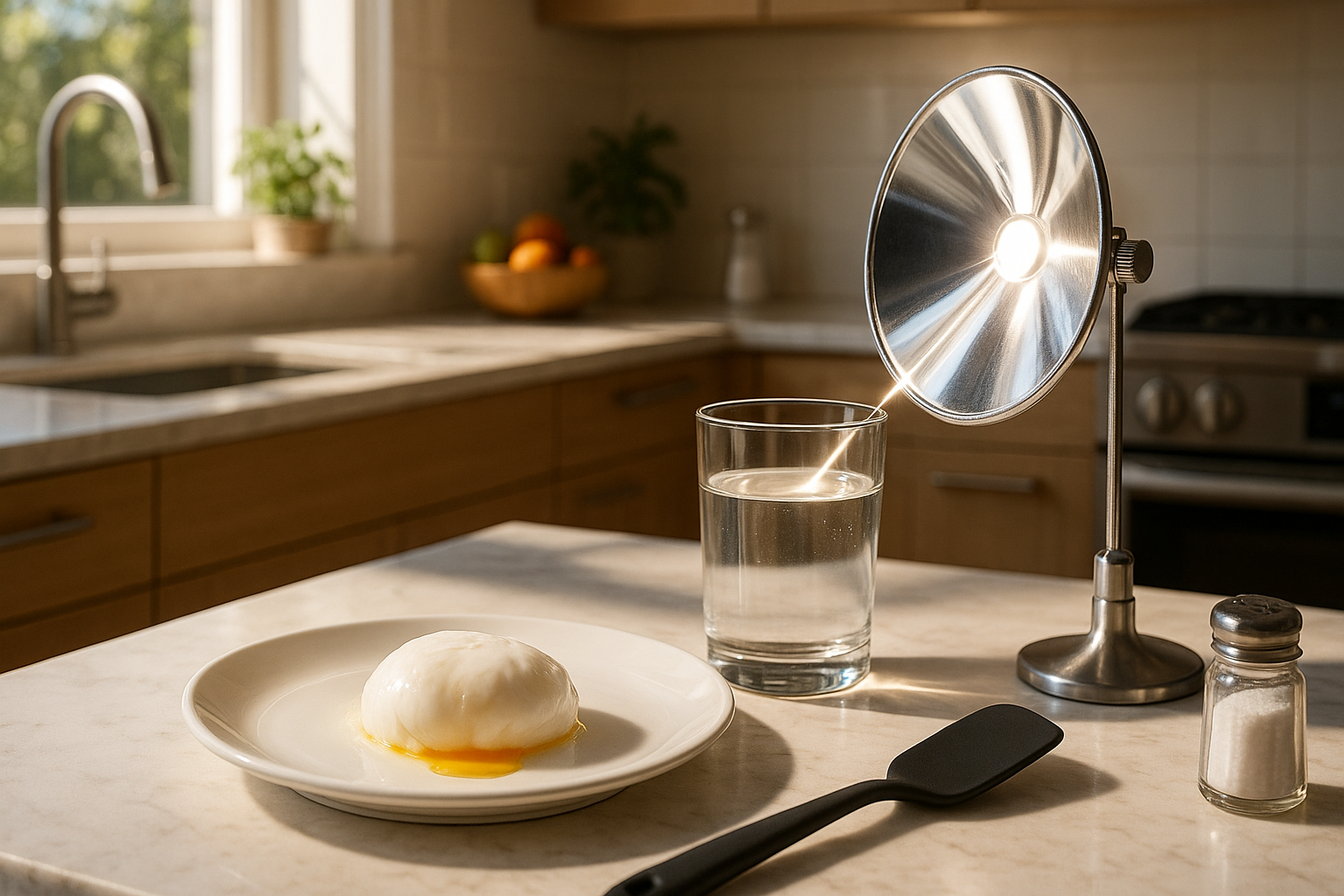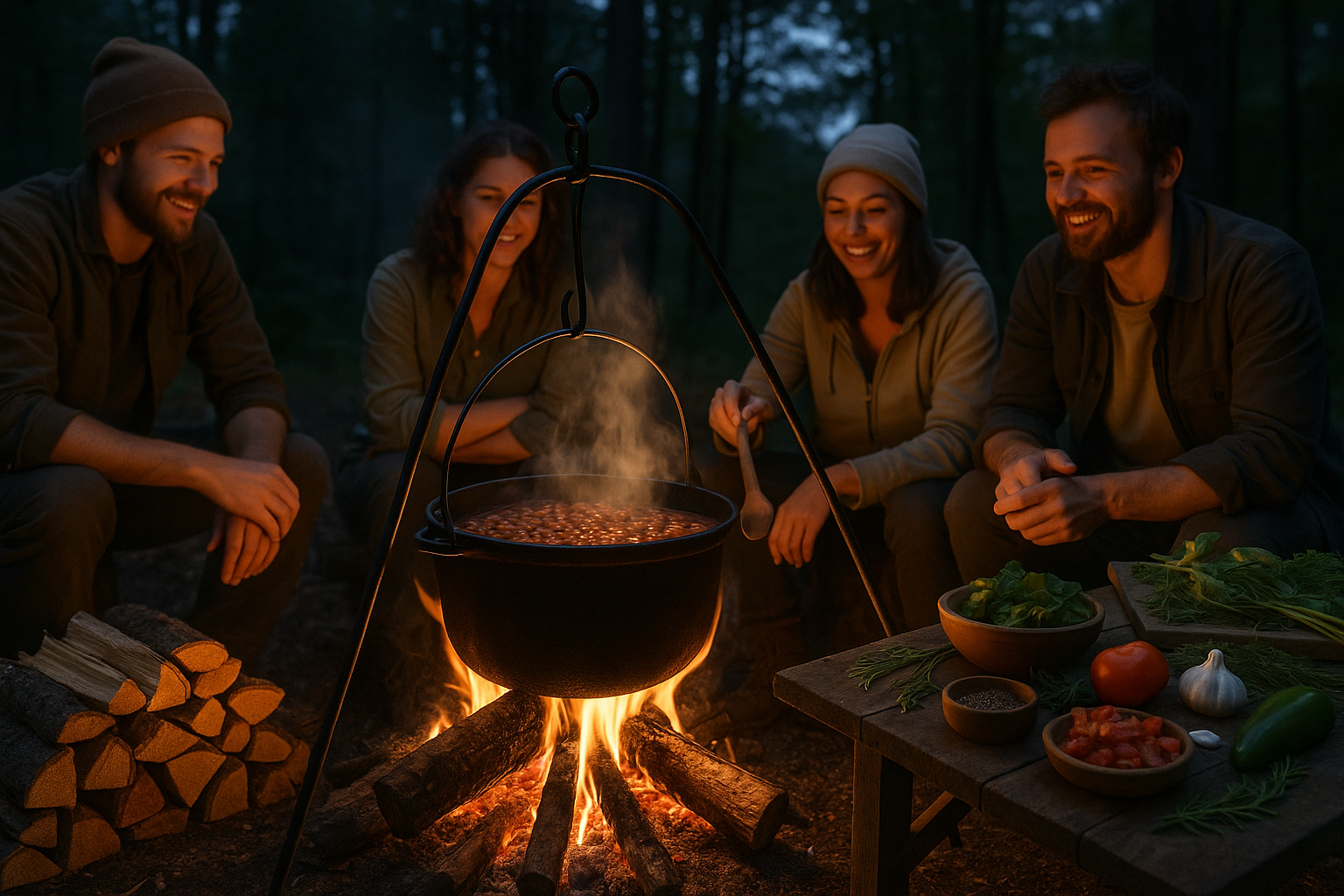Imagine a sunny afternoon, the kind where the sky is clear and the sun’s warmth is just right. You’ve planned the perfect meal, one that captures the essence of solar cooking. There’s something magical about harnessing the power of the sun to prepare your food. It’s sustainable, it’s innovative, and, most importantly, it brings a distinct flavor that traditional cooking methods often lack. 🌞 But what happens when your solar oven doesn’t cooperate? When your eagerly anticipated meal isn’t cooking as expected? Fear not, as this article is here to reignite your solar cooking adventures with troubleshooting tips that ensure your meals remain hot and delicious.
Solar cooking is not just an eco-friendly trend; it’s a culinary adventure that taps into the renewable energy of our closest star. Whether you’re an experienced solar chef or a curious beginner, you know that, like any cooking method, solar cooking can come with its own set of challenges. This article aims to equip you with practical solutions to common solar oven issues, ensuring your meals are always a success.
First, we’ll delve into the fundamentals of solar cooking. Understanding how a solar oven works is crucial. The basics are simple: capture sunlight, convert it to heat, and use that heat to cook food. But the variables involved can sometimes lead to unexpected results. From the angle of your oven to the type of pot you use, small tweaks can make a significant difference. In this section, we’ll explore how these elements work together to create the perfect cooking environment.
Next, we’ll tackle common problems faced by solar cooks. Is your oven not reaching the desired temperature? Does your meal seem to be cooking too slowly? These issues can be frustrating, especially when you’re eager to enjoy a meal cooked by the sun. We’ll discuss potential causes and offer actionable solutions. Perhaps your oven isn’t aligned correctly with the sun, or maybe the weather conditions aren’t ideal. Sometimes, it might even be as simple as needing to adjust your cooking times.
Another key topic we’ll cover is the choice of cookware. The materials and colors of your pots and pans can significantly impact your cooking efficiency. Dark, thin-walled pots are typically best for absorbing heat. We’ll provide insights into selecting the right cookware to enhance your solar cooking experience.
Furthermore, safety is paramount. While solar cooking is generally safe, it’s essential to be aware of certain precautions. We’ll discuss tips to keep you and your loved ones safe while enjoying the benefits of solar cooking. This includes handling hot equipment, understanding solar exposure limits, and maintaining your oven for optimal performance.
For those who love experimenting, we’ll also explore some creative recipes specifically designed for solar ovens. From sun-baked bread to slow-cooked stews, the possibilities are endless. These recipes will inspire you to try new dishes and fully utilize the potential of your solar oven.
Lastly, we’ll touch upon the environmental benefits of solar cooking. By reducing reliance on traditional fuels, you’re not just cooking a meal; you’re contributing to a more sustainable planet. Solar cooking reduces carbon footprints and promotes the use of renewable energy, aligning with global efforts to combat climate change.
Whether you’re troubleshooting issues, optimizing your solar oven setup, or simply looking for new recipes to try, this comprehensive guide will provide the insights you need. Let’s embrace the sun’s power and ensure that your solar-cooked meals are consistently satisfying and delightful. With the right knowledge and a bit of patience, you’ll find that cooking with the sun can be a rewarding and delicious endeavor. 🌍🍴
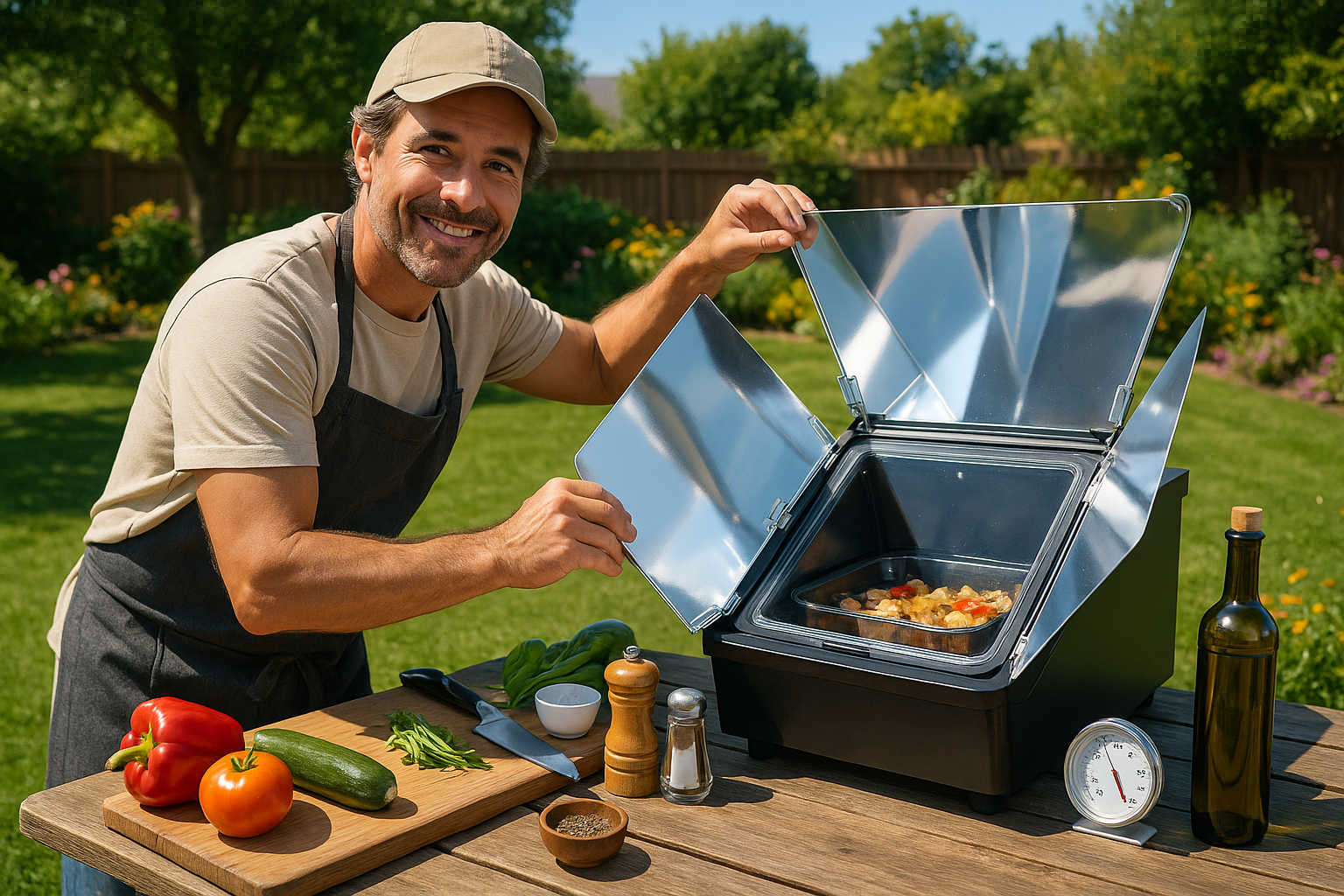
Conclusion
Throughout this article, we have delved into the fascinating world of solar ovens and explored how these innovative devices can transform the way we cook, offering a sustainable and eco-friendly alternative to traditional cooking methods. ☀️ By addressing common troubleshooting tips, we’ve equipped you with the knowledge to ensure your solar cooking adventures remain hot and delicious, even when faced with challenges.
One of the primary points discussed was the importance of positioning your solar oven correctly. Proper alignment with the sun is crucial to achieving the optimal temperature needed for cooking. Remember, solar ovens rely entirely on solar energy, so ensuring that they are angled correctly and free from any obstructions is vital. We also explored the significance of using the right materials and containers that maximize heat absorption, which can drastically improve the efficiency of your solar oven.
Another critical aspect we covered was the maintenance of your solar oven. Regular cleaning, checking for damages, and ensuring that reflective surfaces are in good condition can significantly impact performance. Simple steps like these can extend the lifespan of your oven and ensure that it functions optimally every time you use it.
Temperature regulation is another area we explored. We discussed the importance of monitoring cooking temperatures and adjusting as necessary. Using thermometers and understanding the heat retention properties of different materials can help in achieving the desired results consistently. Remember, patience is key; solar cooking may take longer, but the results are worth the wait! 🕒
We also touched upon common challenges such as cloudy days or inadequate sunlight and how to tackle them. While solar ovens are fantastic on sunny days, having a backup plan or combining solar cooking with other methods can ensure your meals are uninterrupted. Always have an alternative strategy for days when the weather doesn’t cooperate.
The importance of community and sharing experiences cannot be overstated. By engaging with fellow solar cooking enthusiasts, either online or in local communities, you can exchange tips, recipes, and troubleshooting advice. This communal learning can enhance your experience and open up new possibilities in solar cooking.
In conclusion, solar ovens present a remarkable opportunity to embrace a greener lifestyle. They are not just tools for cooking; they are a step towards reducing carbon footprints and promoting sustainability. 🌎 By implementing the troubleshooting tips discussed, you can ensure your solar cooking endeavors are successful and enjoyable.
We encourage you to experiment with your solar oven and share your experiences. Leave a comment below sharing your favorite solar cooking recipes or challenges you’ve overcome. Share this article with friends and family who might be interested in exploring solar cooking, and inspire others to join this eco-friendly movement.
If you want to delve deeper into solar cooking, here are some additional resources you might find helpful:
- Solar Cooking Wiki – A comprehensive resource on different types of solar cookers and their uses.
- Green Living Tips on Solar Cooking – An insightful article on the benefits and basics of solar cooking.
Remember, every small step towards using sustainable technology like solar ovens contributes to a larger impact on our environment. Keep exploring, keep cooking, and keep sharing your journey! 🔆

